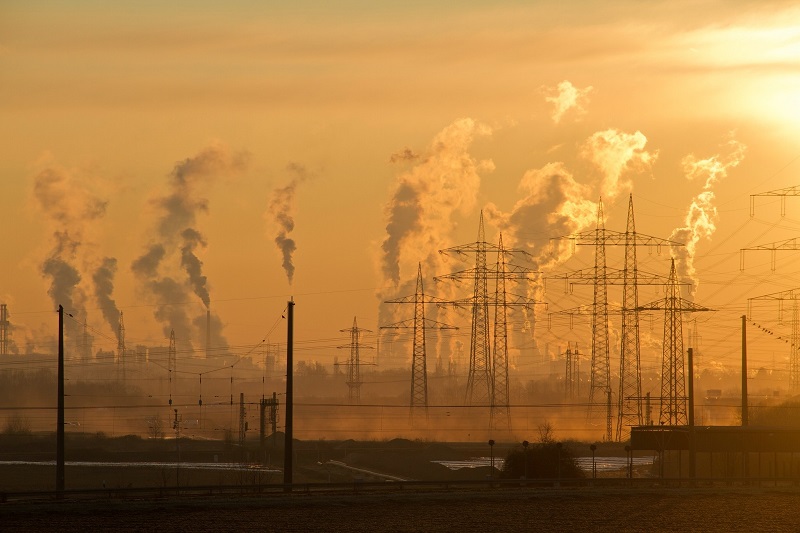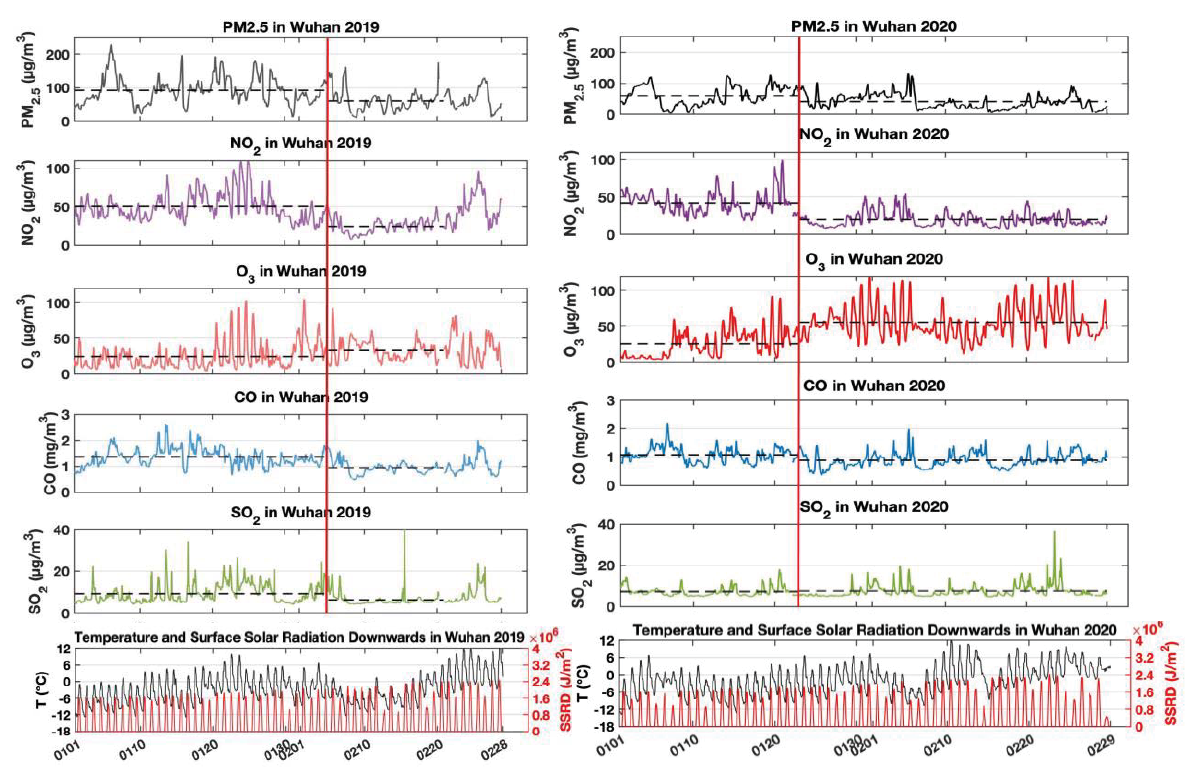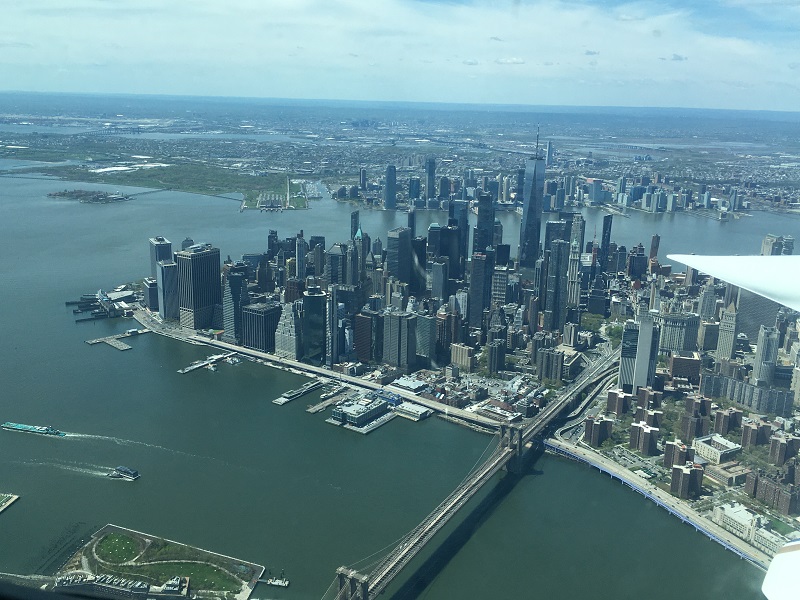Clear skies in these uncertain times
Recent studies of air quality have found that levels of pollutants dropped sharply at the time of the COVID-19 outbreak, when shutdowns and quarantines led to travel reductions and business closures.
Air quality studies are among the disciplines that IMS covers for its architectural/engineering/consulting clients. IMS provides the information in daily leads from RFPs/RFQs and through Advances Notices of upcoming projects. IMS tracks thousands of public agencies that seek professional services, and some of these projects include environmental modeling, emissions studies, and monitoring services to assess levels of air pollution.
But never have there been conditions like this, where the COVID-19 global health pandemic caused massive changes to society, economics, education, and travel.
The change was noticeable to millions. Before-and-after pictures showed some cities shrouded in smog in late 2019. A few months later, in the middle of the lockdown, the skies were blue and the views were crystal clear. Some people in the northern areas of India were able to see the Himalayas for the first time in decades, after levels of air pollution dropped during the country’s lockdown.

Pollution around the globe dramatically decreased as COVID-19 was surging.
Scientists saw this as an opportunity in the middle of the crisis.
Researchers Jesse Berman and Keita Ebisu started an examination of two major air pollutants — fine particulate matter and nitrogen dioxide. They collected data from 2017 to April 2020 for a study area that covered 37 states and 35.3 million people.
The researchers found declining levels of fine particulate matter and a drop of 25.5% in levels of nitrogen dioxide from March 13 to April 21, 2020, compared to historical data. There was also a larger reduction in U.S. counties that instituted earlier non-essential business closures.
“Understanding how air pollution is affected during COVID-19 pandemic will provide important clues regarding health effects and control of emissions,” they wrote in the journal Science of The Total Environment.
The New York Times reported on the work of several scientists, and said air quality data “from Manhattan to Milan to Mumbai” will contribute to our understanding of pollution and its sources.
The article quoted Sally Ng, an atmospheric scientist and chemical engineer at Georgia Tech, who said, “This is a giant, global environmental experiment that has been done in a very controlled way … We suddenly turned the knob off, very drastically, and now we’re very slowly turning it back on.”
In India, studies during the government-mandated lockdown will allow researchers to identify some of the most impactful emissions sources. In the Times article, Sarath Guttikunda, director of UrbanEmissions.info, a New Delhi-based research organization, said, “If you want to clean up your air pollution problem, you have to know what to target.”
The Air Resources Laboratory (ARL) at the National Oceanic and Atmospheric Administration is using aircraft observations of pollutants, roadside monitoring, and other models to understand the impacts on the environment.
“The lull in economic activity is enabling ARL’s scientists to conduct research activities that will forever change our scientific understanding of air quality, gathering and analyzing data that will ultimately be used to improve operational forecast models which, in turn, will further improve our nation’s ability to respond to air quality issues,” the agency said.
Interestingly, some of the studies are finding increases in ozone levels, even after seeing drops in other air pollution sources. (A chemical reaction with nitrogen dioxides can decrease the levels of ozone, a compound that can be harmful to the lungs and heart.) Science Daily covered a study in China that found increases in this secondary pollutant, even as particulate matter and nitrogen dioxide pollution levels fell 35 to 60 percent, respectively.

While pollution rates in Wuhan, China decreased during lockdowns, ozone (O3) levels increased. (Source, PDF: Shi and Brasseur, 2020)
“The improvements in air quality will likely be temporary,” Science Daily reported. “But the findings give scientists a glimpse into what air quality could be like in the future as emissions regulations become more stringent, according to the researchers.”
IMS has seen hundreds of examples where cities and communities sought professional consulting support to monitor, understand, and improve air quality. Some projects in this area that IMS covered for its clients in June and July 2020 include:
* The State of Michigan released an RFP for the analysis of carbonyl samples (like formaldehyde, acetaldehyde and acetone) to support the air toxics network’s assessment of public health impacts (IMS 525516).
* The U.S. Department of the Interior issued an LOI for optical and scene monitoring services to collect air quality data for health alerts at National Parks (IMS 525176).
* The State of Oregon issued an RFP for a study of forecasted greenhouse gas emissions, as well as an assessment of the effects of emissions reductions on public health and the economy (IMS 524231).
* The Texas Commission on Environmental Quality sought a consultant to conduct passive infrared camera surveys of air emissions of hydrocarbons at industrial sites, disaster areas, debris, and pipelines (IMS 524042).

The Manhattan skyline a month after the City began shutting down due to COVID-19. (Source: NOAA)
* The Port Authority of New York and New Jersey released an RFP for consultants to provide air quality monitoring and analysis services during the next four years (IMS 522860). The Port Authority released a separate RFP for consulting services to evaluate, quantify, and reduce emissions (IMS 522898).
* The San Joaquin Valley Unified Air Pollution Control District in California released RFPs to conduct speciation analysis of particulate matter less than 2.5 microns (IMS 522063) and for laboratory analyses on ambient air samples to determine the local species of volatile organic compounds (IMS 522062).
* North Jersey Transportation Planning Authority sought a consultant to perform an air quality conformity analysis on the FY 2022 Transportation Improvement Program and Plan 2050, the current Long-Range Transportation Plan (IMS 521744).
There is much to learn from these local consulting projects and from the larger data-collection endeavors in the COVID-19 era. There is overlap, as well, with findings from the Harvard T.H. Chan School of Public Health that show a link between breathing polluted air and the severity of COVID-19 health effects.
So it may come full circle — from the lockdowns, to studies, to plans for re-opening. Using this data and addressing air pollution could be one of the keys to lifting the lockdowns.

